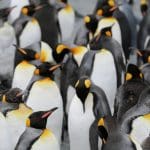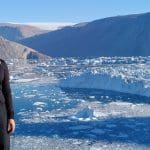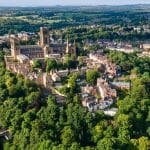The science is now clear, we must reduce emissions by half by 2030 and reach net zero by 2050 to help reverse climate change. Every single activity in our daily lives creates a carbon footprint. The energy and water we consume, the waste we generate, what we eat, how we shop and when we travel. It is paramount that we begin to slow down our consumption, the planet simply cannot keep up. Reducing emissions where we are can and drawing down existing carbon that is currently in the atmosphere is vital to ensure a safe and sustainable world for our children and future generations.
A carbon offset is a way to compensate for your carbon emissions by supporting projects that produce clean energy or reduce carbon emissions in other ways – a kind of balancing out or neutralising of emissions. As an example, airplanes at this moment in time, cannot stop releasing emissions so, if we wish to continue to fly, we need to stop emissions from being released somewhere else – we can do this by maybe investing into renewable energy solutions such as solar panels to help power a factory that might have otherwise used fossil fuels to generate electricity.
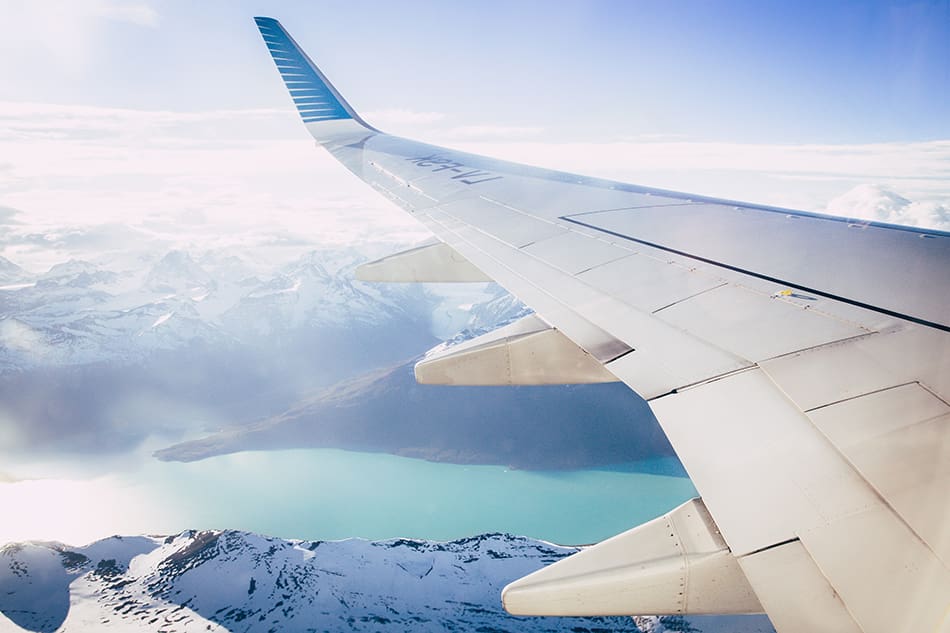
Here are a few examples of carbon offset solutions:
RENEWABLE ENERGY is energy that is collected from resources which are naturally replenished, including carbon neutral sources like sunlight, wind, rain, tides, waves, and geothermal heat. Through investments renewable energy solutions are becoming more widely available and the renewables share of the power generation mix worldwide is set to rise from 29% to 35% by 2025.
TREES absorb and store carbon emissions, then release oxygen into the air. Trees are one of our best carbon technologies. Scientists ‘’know of no other solution that is quantitatively as large in terms of carbon capture.’’ There used to be 6 trillion trees on Earth, today only about 3 trillion trees remain. Deforestation is the second largest emitter of carbon at 20%, only second after the largest emitter which is power generation at 25%. Existing forests around the world currently absorb about 30% of annual emissions. If we restore nature, we can achieve an extra carbon drawdown of 20 to 30%. We therefore need to protect existing forests and keep restoring those that have been destroyed.
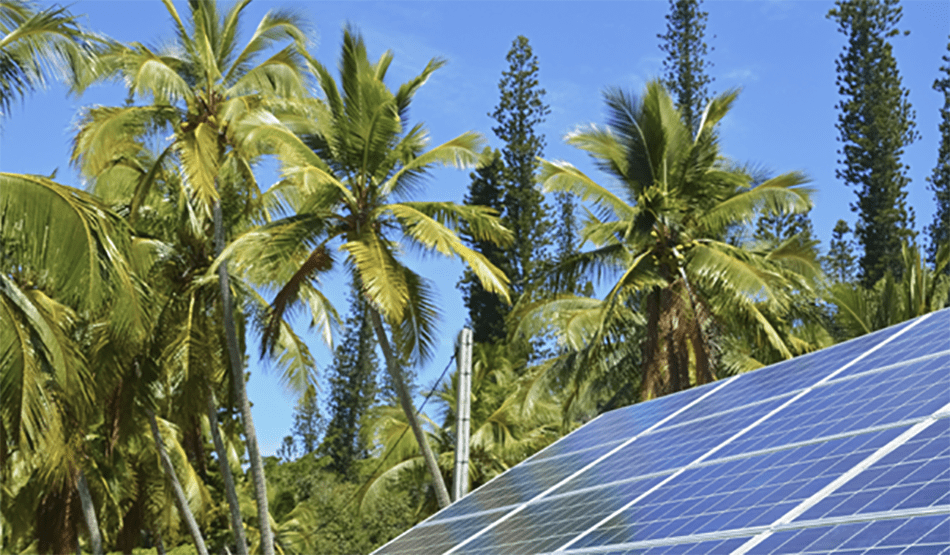
DACC – Direct Air Carbon Capture – involves the process of chemically scrubbing carbon dioxide directly from the ambient air, and then trapping the CO2 and moving it to a storage location (usually underground). This technology generally uses renewable energy to power the solution but as yet, there isn’t enough green energy to do this and run our homes, businesses and road transport, fossil fuels are used to make up the difference which lessens the impact of real progress in this area, meaning that this technology still needs a lot of work to be efficient.
Even so, carbon offsetting can help reach our reduction targets but should not be an excuse for inaction elsewhere.
Transitioning from fossil fuels to clean energy will take time, and there is no silver bullet solution, but we must support climate action that reduces emissions and drives sustainable development. Carbon offsets/compensation solutions are therefore an important and powerful tool while we wait for new technologies to be implemented.
Travel is a very difficult industry to decarbonise and although there have been sceptics around offset programs, the right high-quality projects can mitigate the immediate impact on the environment. Any carbon we can prevent from going into the atmosphere and any carbon we can remove from the atmosphere will help. By growing trees through reforestation, protecting existing forests, (trees of course being one of our best carbon absorbers) and investing into renewables, we can significantly impact some of the most powerful mechanisms to help us move towards a green economy.
Trees4Travel goes to great lengths to bring the very best possible compensation packages to travellers at a price that is affordable, with a positive impact for both planet and people, now and into the future. We engage with traveller’s, telling stories, and tracking progress, to emphasize that every action counts. We choose compensation partners and projects wisely to ensure the highest quality positive impact, because we all have a role to play, and so that we can all be part of the solution.
We cannot reach net zero without a combination of approaches, all of us actively trying to find ways to reduce our consumption, using carbon offsets and growing forests. While the scientists and engineers of the world work on better solutions for transport and energy, we must all start the process towards positive change – remembering that making an impact is not achieved merely by the big efforts of the few, but rather by the sum of all the endeavours of many.
Photo in News
Recent Posts

